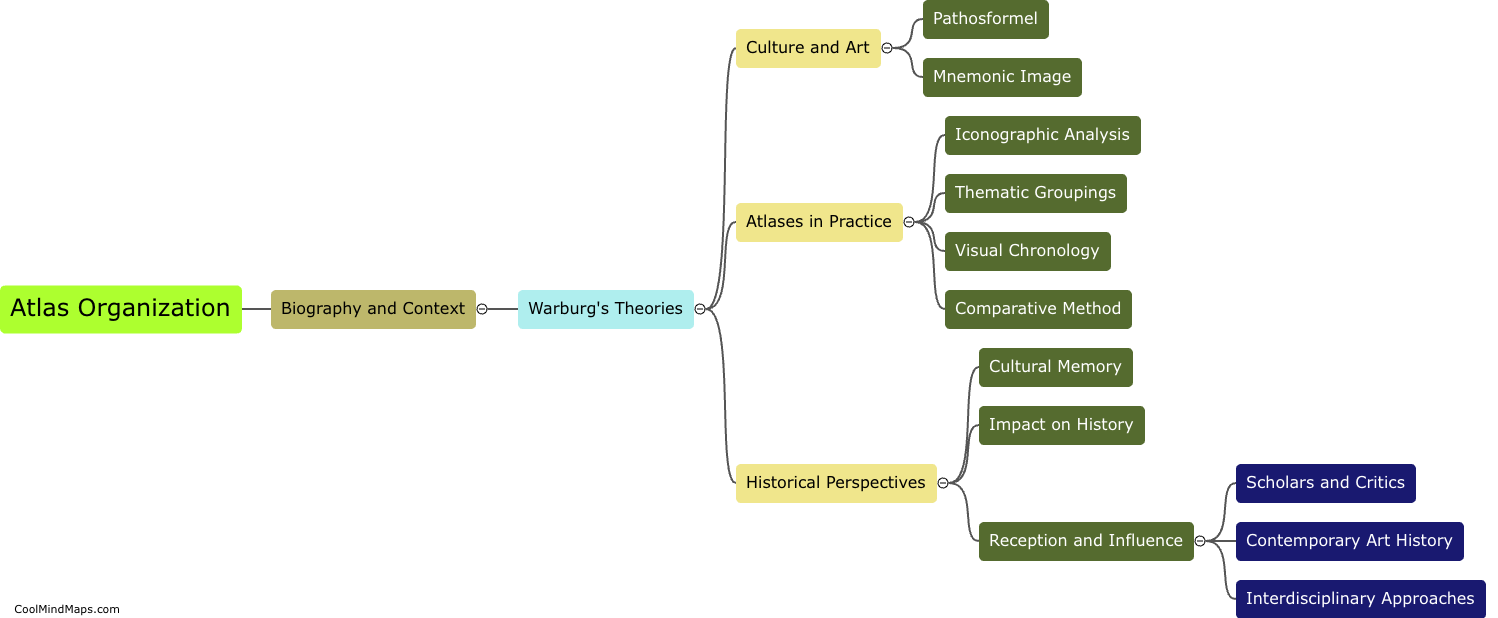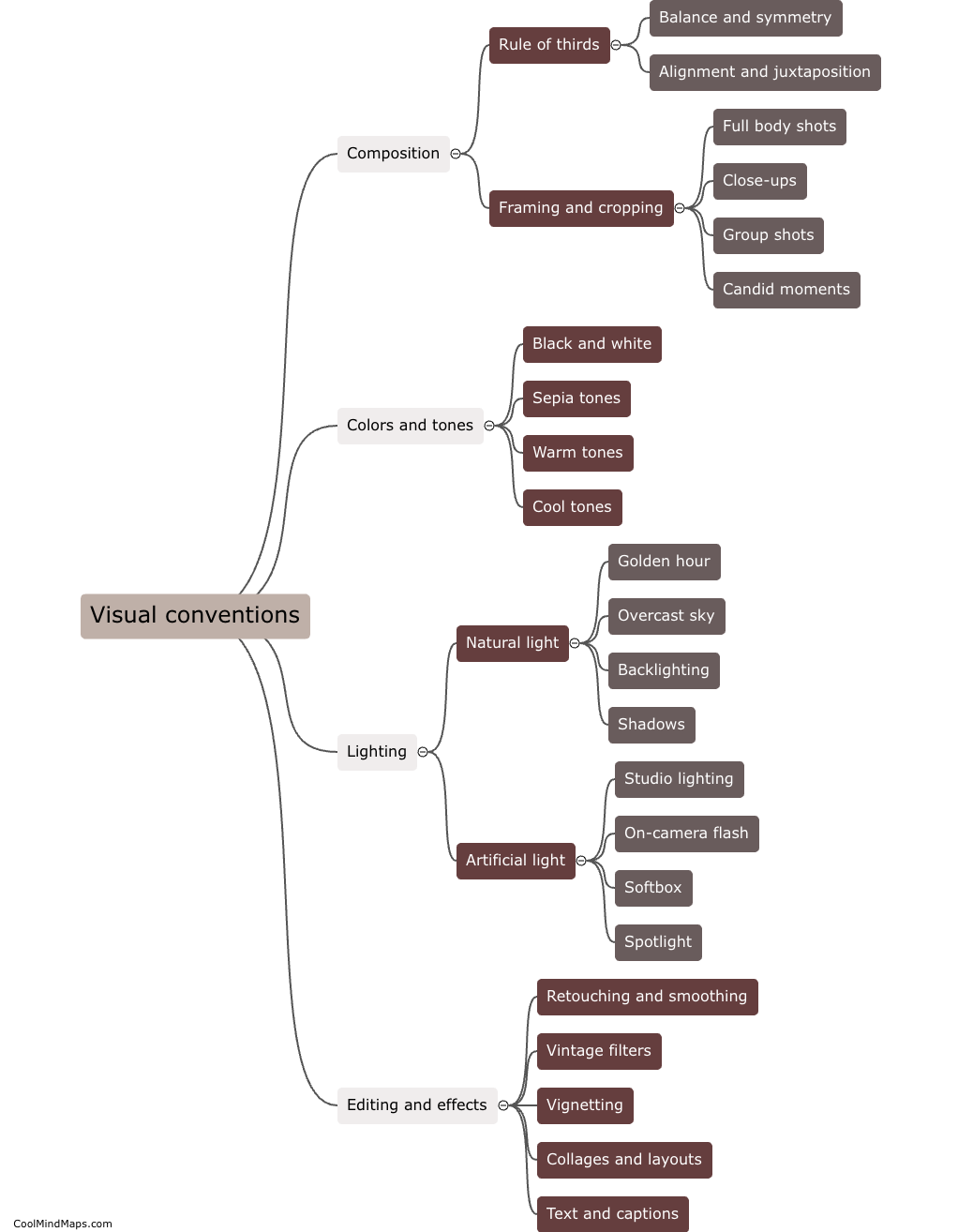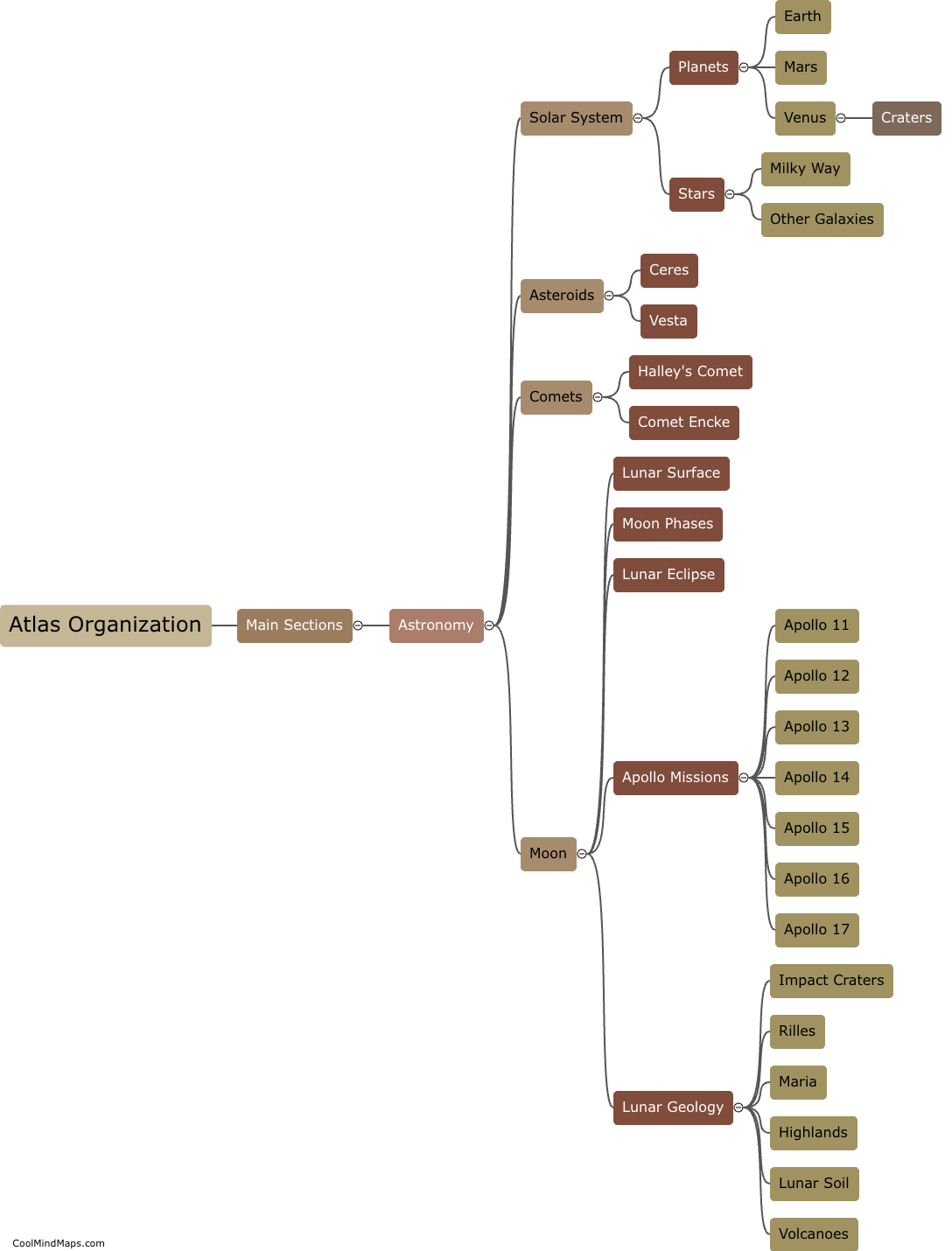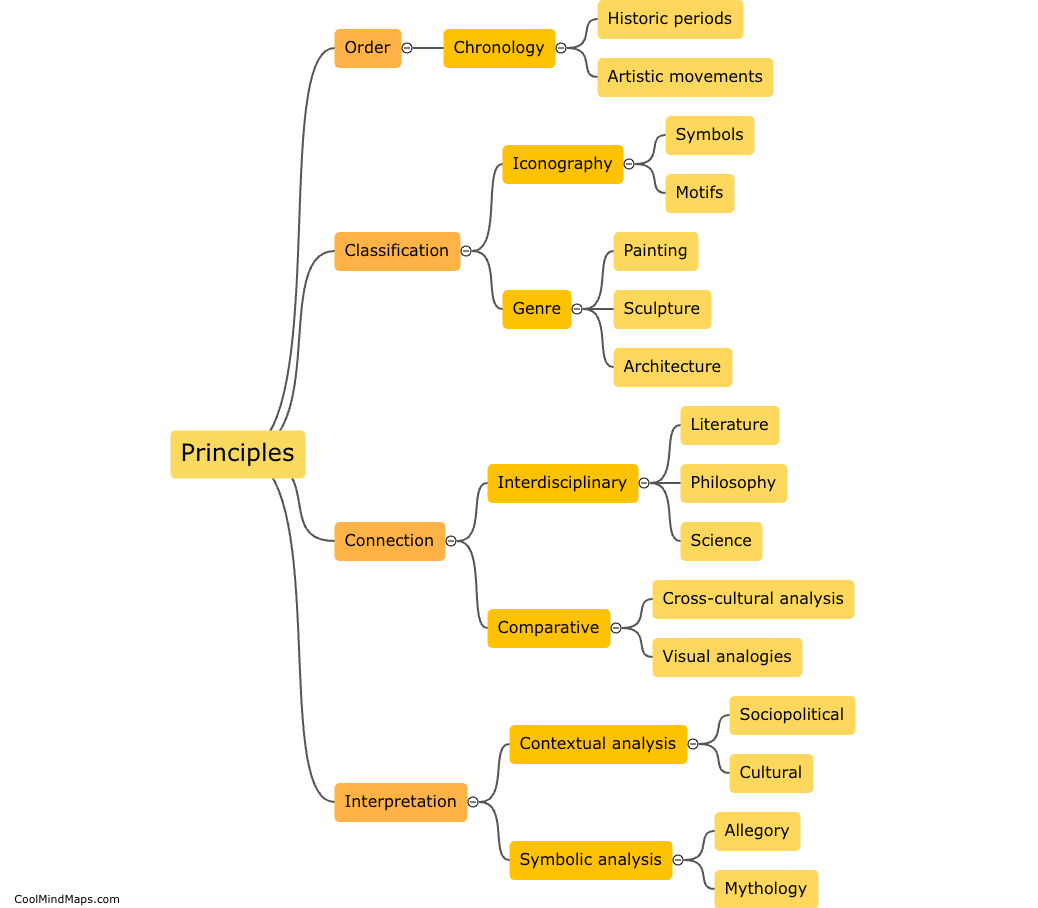How did Aby Warburg's organization of the Atlas reflect his theories on culture and history?
Aby Warburg's organization of the Atlas dramatically reflected his theories on culture and history. The Atlas Mnemosyne, his unfinished visual project, consisted of a series of panels that displayed a diverse range of images from various cultures, epochs, and disciplines. Warburg believed that by arranging these images in a non-linear manner, he could convey the interconnectedness and fluidity of historical and cultural expressions. The Atlas allowed Warburg to delve into the realms of art, psychology, religion, and anthropology, revealing the deep symbolic and psychological resonances found in the visual forms of different societies. Ultimately, Warburg's method of organizing the Atlas emphasized the idea of cultural memory, recognizing that images possess a complex and layered history that can be explored through interdisciplinary approaches.

This mind map was published on 3 October 2023 and has been viewed 105 times.











